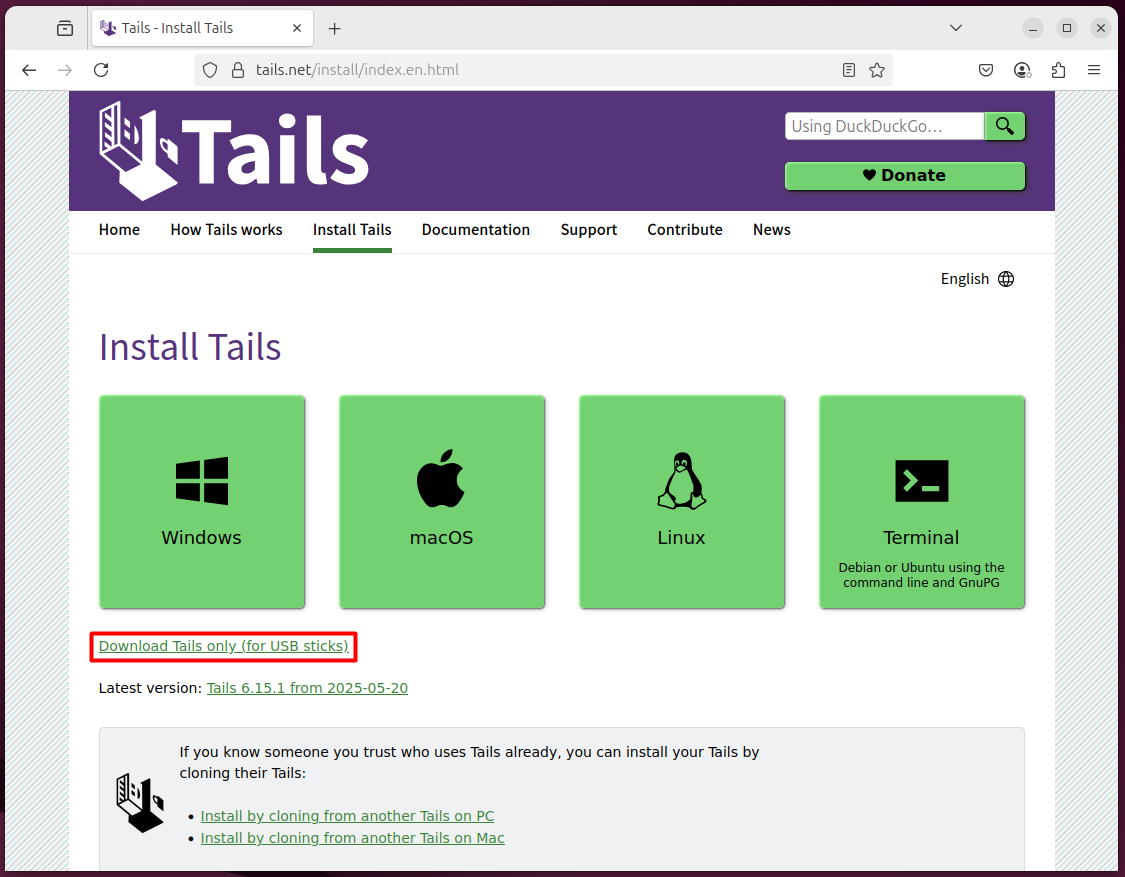How to Stop Varicose Vein Pain

If you have a lot of pain or significant swelling or skin discoloration, see a vascular surgeon. They can evaluate how well the valves in your leg veins are working to keep blood flowing back up to your heart. You’ll probably be advised to wear prescription-grade compression stockings that are custom-made for your legs.
For those who are overweight or have very swollen legs, your surgeon may also recommend a compression pump, a plastic sleeve to wear on the lower legs for several hours each day that compresses the veins even more than stockings. For skin ulcers, prescription compression bandages can help you heal.
If you’ve tried the measures above and you’re still uncomfortable, you have skin ulcers that won’t heal, or your skin is damaged, you may need vein ablation, Shutze says. In some instances, your surgeon may recommend a “superficial” intervention like this right away.
Vein ablation, done under a local anesthetic and usually in a surgeon’s office or a hospital outpatient center, uses lasers, radio-frequency energy, or a mechanical device to close varicose veins, rerouting blood flow through other leg veins. If done for medical reasons, Medicare will usually cover the procedure.
“About half the time, that’s all the treatment necessary to relieve symptoms,” Shutze says. But ablation won’t remove varicose veins. For that, you’ll have to have sclerotherapy, an office procedure where a surgeon injects a substance called a sclerosant into the veins to break them down. Because this is considered cosmetic, it’s usually not covered by Medicare. Costs vary depending on a variety of factors, like your location.
Source link










